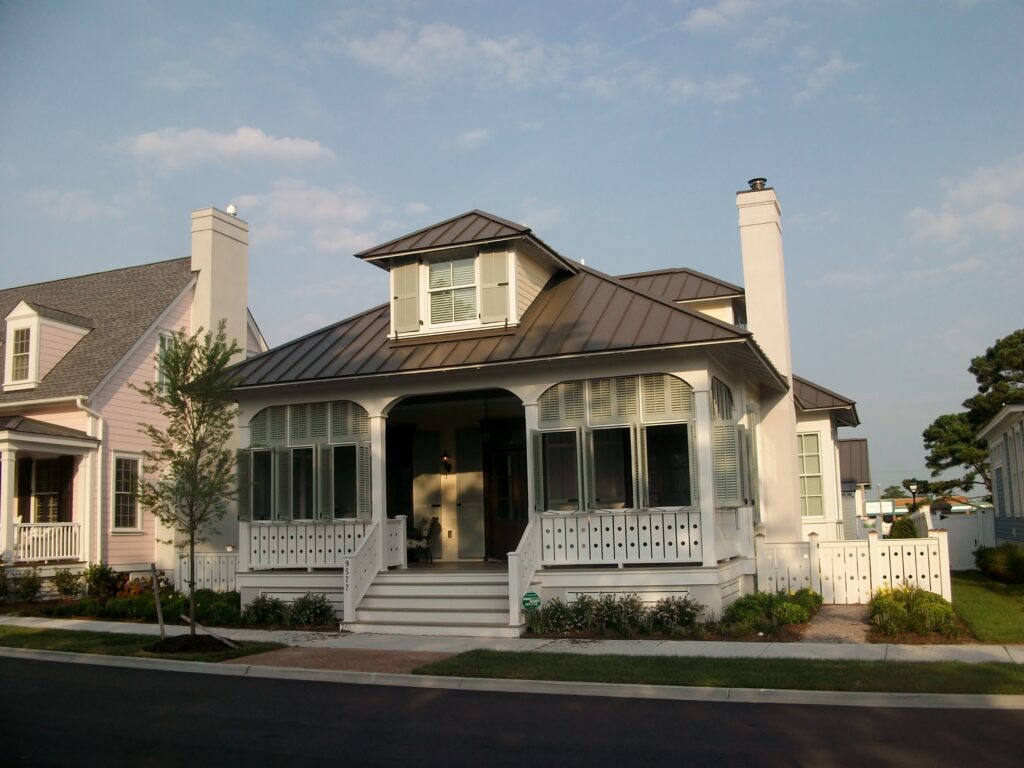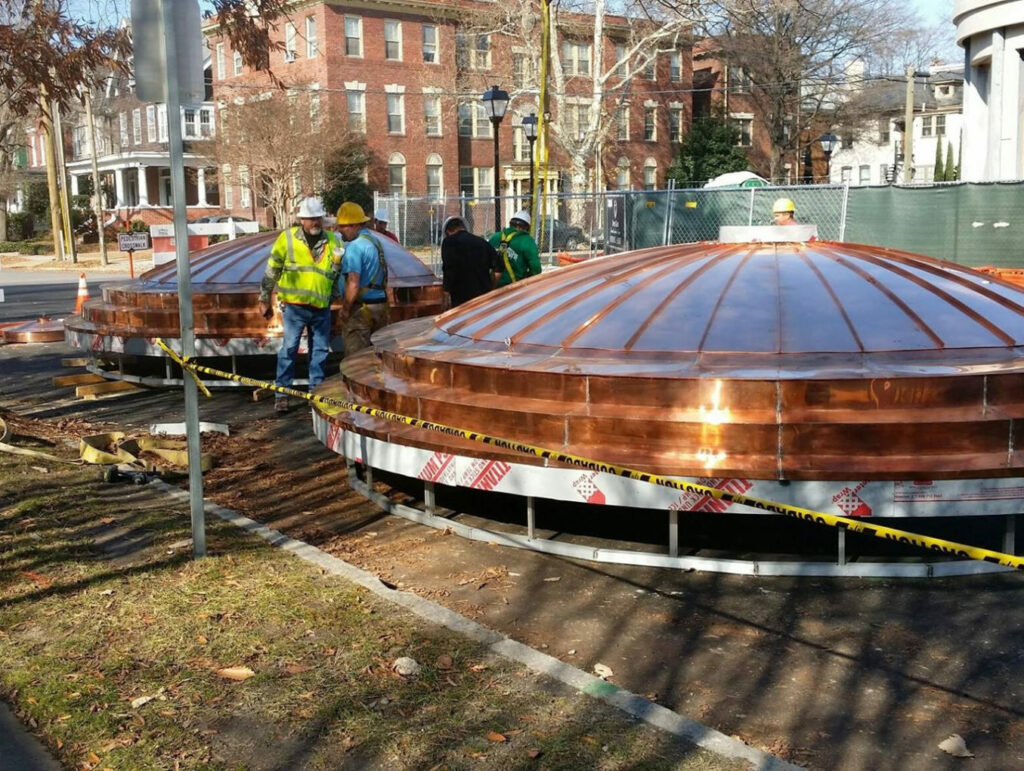Ventilation & Insulation
One of the most critical factors in roof system durability is proper ventilation. Without it, heat and moisture build up in an attic area can combine to cause rafters and sheathing to rot, shingles to buckle, and insulation to lose its effectiveness. Note that single ply membranes such as TPO, EPDM, and Modified Bitumen may or may not be affected by poor ventilation.
Therefore, it is important never to block off sources of roof ventilation, such as louvers, ridge vents or soffit vents, even in winter. Proper attic ventilation will help prevent structural damage caused by moisture, increase roofing material life, reduce energy consumption and enhance the comfort level of the rooms below the attic.
In addition to the free flow of air, insulation plays a key role in proper attic ventilation. An ideal attic has:
- A gap-free layer of insulation on the attic floor to protect the house below from heat gain or loss.
- A vapor retarder under the insulation and next to the ceiling to stop moisture from rising into the attic.
- Enough open, vented spaces to allow air to pass in and out freely.
- Minimum of 1 inch between the insulation and roof sheathing.
The requirements for proper attic ventilation may vary greatly, depending on the part of the United States in which a home or building is located, as well as the structure’s conditions, such as exposure to the sun, shade and atmospheric humidity. Nevertheless, the general ventilation formula is based on the length and width of the attic. There should be a minimum of 1 square foot of free vent area for each 150 square feet of attic floor—with vents placed proportionately at the eaves (e.g., soffits) and at or near the ridge.
To go directly to what you are most interested in, please click below.
– Choosing the Right Roof Covering
– Roofing Terms You Should Know
– Protect Your Roof From Its Enemies
– FAQs
Residential Roofing
Residential Roofing
A residential building is one in which people live. To be considered residential in the state of Virginia the building must contain no more than 4 private living spaces.
Commercial Roofing
Commercial Roofing
A commercial building is used for the purpose of conducting business. This may include a multi-family residential structure as well. Some examples include buildings used for retail, office, warehouse, churches, and apartment complexes.
Industrial Roofing
Industrial Roofing
An industrial building is used to manufacture consumable goods. Churches may also be classified as industrial structures.
Rapid Rain Gutter Systems
Rapid Rain Gutter Systems
The key to the Rapid Rain Gutter System’s uniqueness is the AR5600 Technology that provides a large capacity system that doesn’t look large or bulky, but achieves high-volume control of water flow.
Our Brands
Website built & maintained by Bull & Company MediaWorks





